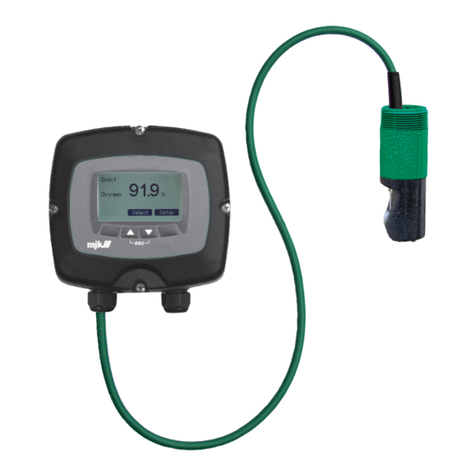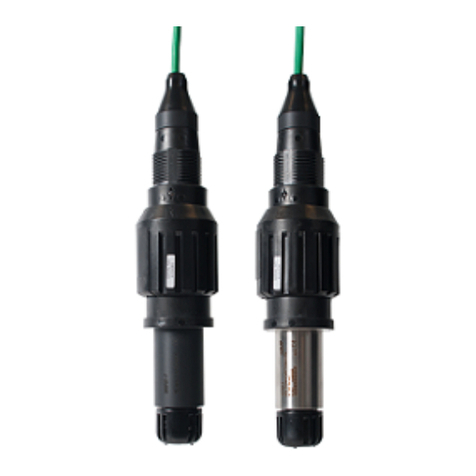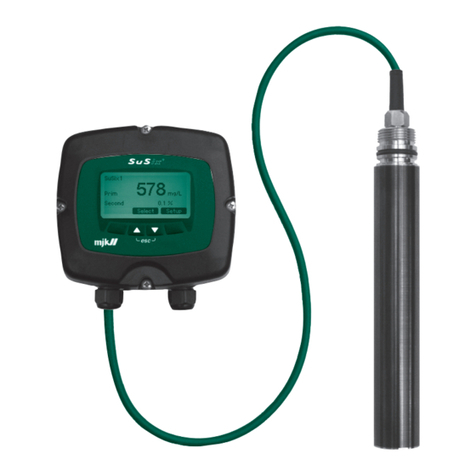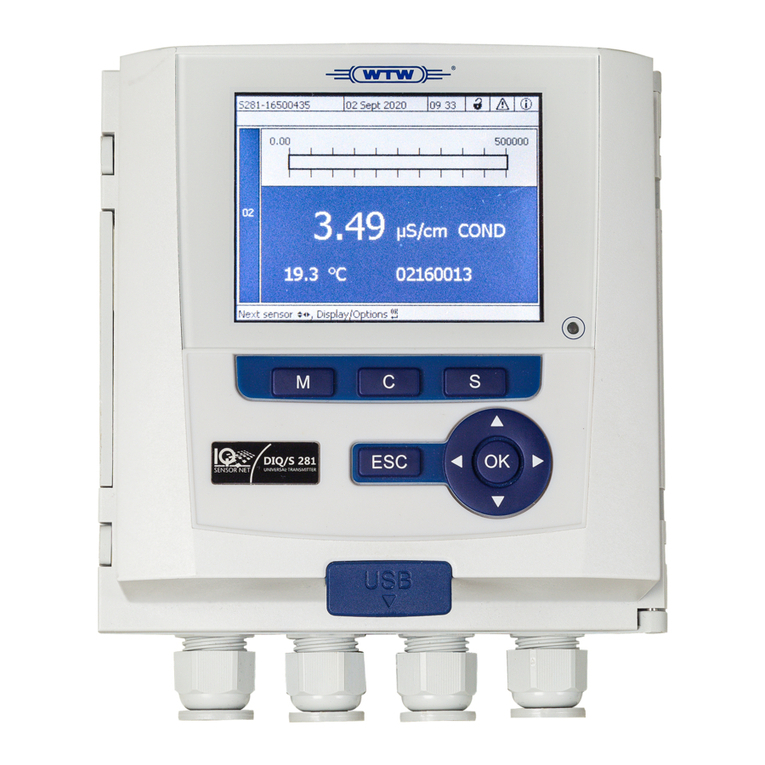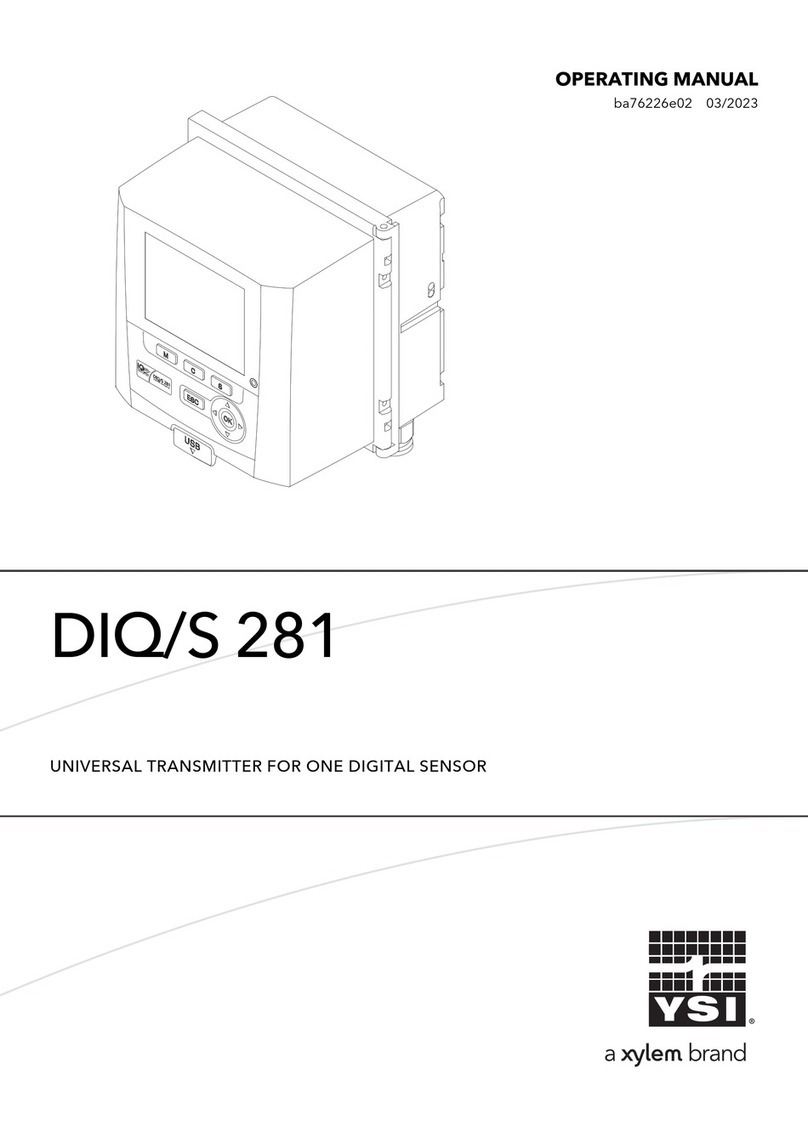Table of Contents
Declaration of conformity .........................................................................................................5
Introduction................................................................................................................................6
Measurements and standards used ....................................................................................6
Safety instructions..................................................................................................................6
Repair ................................................................................................................................. 7
Explosion hazardous areas.............................................................................................. 7
Construction...........................................................................................................................7
Product identification............................................................................................................7
Mounting ....................................................................................................................................9
Electrode types ......................................................................................................................9
Mounting the electrode........................................................................................................9
Gasket and O-ring .......................................................................................................... 10
Mechanical mounting......................................................................................................... 12
Mechanical mounting in general.................................................................................. 12
Open and closed systems ............................................................................................. 12
Mounting in open channels and reservoirs................................................................. 14
Mounting in closed systems.......................................................................................... 16
Mounting on pipe socket............................................................................................... 17
Eletrical mounting............................................................................................................... 19
Electrical mounting in general ...................................................................................... 19
Signal cable ..................................................................................................................... 19
Cutting the signal cable................................................................................................. 20
Extending the signal cable ............................................................................................ 21
Connection examples ........................................................................................................ 22
Local display.................................................................................................................... 22
Connection to PLC_PLS ................................................................................................. 23
Buffer adjustment ....................................................................................................................24
Buffer adjustment in general............................................................................................. 24
Buffer liquid......................................................................................................................... 25
Cleaning............................................................................................................................... 25
Buffer adjustment using the switch ring .......................................................................... 26
Example of buffer adjustment in pH 4 and 7 .............................................................. 27
Buffer adjustment using the tilt switch............................................................................. 28
Maintenance.............................................................................................................................31
Maintenance in general ..................................................................................................... 31
Intervals............................................................................................................................ 31
Redox electrodes............................................................................................................ 31
Cleaning of the electrode.................................................................................................. 32
Electrode lifetime................................................................................................................ 32
Electrode spare parts ......................................................................................................... 32
Electrode storage ............................................................................................................... 33
Specifications ...................................................................................................................... 33
Dimensions.......................................................................................................................... 35






